
Barbara Hepworth, Stringled Figure (Curlew), 1956
Wood sculpture is an art form that has been around for centuries, captivating the hearts and minds of art lovers all over the world. The art of carving wood into beautiful and intricate shapes and forms has stood the test of time, and continues to inspire and amaze people to this day. From ancient to modern times, wood carving has been an essential part of many cultures, expressing their creativity and identity through the medium of wood.
Materials and tools used in wood sculpture
Wood sculpture requires a variety of tools and materials to create the intricate and beautiful pieces that we see today. The most common types of wood used for carving are hardwoods such as oak, mahogany, and walnut. Softwoods like pine, cedar, and basswood can also be used, but they are more prone to damage and are not as durable as hardwoods.
In addition to the wood, several tools are needed for carving. The most essential tools include carving knives, gouges, chisels, and sandpaper. Carving knives are used to remove larger pieces of wood, while gouges and chisels are used for more intricate and detailed work. Sandpaper is used to smooth and finish the sculpture.

Techniques of wood carving - carving, whittling, and sculpting
There are several techniques involved in wood carving, including carving, whittling, and sculpting. Carving involves removing large pieces of wood to create a rough shape, while whittling involves removing smaller pieces of wood to create finer details. Sculpting is the process of creating a three-dimensional figure or object out of the wood.
Each technique requires a different set of tools and skills. Carving requires a strong and steady hand, as well as the ability to visualize the final product. Whittling requires patience and attention to detail, while sculpting requires a deep understanding of form and structure.
Different styles and types of wood sculpture - relief carving, sculpture in the round, and more
Wood sculpture can take many forms, including relief carving, sculpture in the round, and more. Relief carving involves carving a design into a flat piece of wood, creating a three-dimensional effect. Sculpture in the round involves carving a three-dimensional figure or object out of the wood, and can be seen from all sides.
Other styles of wood sculpture include chip carving, which involves removing small chips of wood to create intricate designs, and intaglio carving, which involves carving a design into the surface of the wood. Each style requires a different set of skills and techniques, and can be used to create a wide range of designs and effects.
Famous wood sculptors and their works
There have been many famous wood sculptors throughout history, each with their own unique style and approach to the medium. Some of the most well-known wood sculptors include Grinling Gibbons, a 17th-century English sculptor known for his intricate and detailed carvings, and Constantin Brancusi, a Romanian sculptor known for his abstract and minimalist sculptures.

Grinling Gibbons, Carving, 1690
Other notable wood sculptors include Ernst Barlach, an expressionist sculptor from Germany, and Louise Nevelson, an American sculptor known for her large-scale, monochromatic sculptures. Each of these sculptors has left a lasting impact on the art world and has helped to shape the way we view and appreciate wood sculpture today.

Ernst Barlach, Der Arsket, 1925
The cultural significance of wood sculpture - from tribal art to contemporary art
Wood sculpture has played an important role in many cultures throughout history, serving as a way to express creativity, identity, and spirituality. In tribal cultures, wood sculpture was often used to create masks and other ceremonial objects, while in ancient cultures, wood sculptures were used to depict gods and other important figures.

Today, wood sculpture continues to be an important part of contemporary art, with many artists using the medium to create innovative and thought-provoking works. Whether used to explore political issues, social commentary, or simply to express personal creativity, wood sculpture remains a powerful and versatile medium for artists around the world.
The process of creating a wood sculpture - from sketch to finished piece
The process of creating a wood sculpture is a long and intricate one, requiring a great deal of skill, patience, and dedication. It begins with a sketch or drawing of the desired design, which is then transferred onto the block of wood.
Next, the sculptor begins to carve away at the wood, using a variety of tools and techniques to create the desired shape and form. As the sculpture takes shape, the artist must constantly re-evaluate and adjust their work, making sure that the proportions and details are correct.
Once the sculpture is complete, it is sanded and finished to smooth out any rough spots and bring out the natural beauty of the wood. The end result is a beautiful and unique work of art that showcases the artist's skill and creativity.
The challenges and rewards of wood sculpture - the art of patience and perseverance
Wood sculpture is a challenging and rewarding art form that requires a great deal of patience and perseverance. It can take hours, days, or even weeks to create a single piece, and each sculpture requires a deep understanding of form, structure, and composition.
However, the rewards of wood sculpture are many. For the artist, there is a deep sense of satisfaction and pride in creating something beautiful and unique. For the viewer, there is a sense of wonder and awe at the intricate and detailed works of art that are produced.
How to appreciate and collect wood sculpture - tips for art enthusiasts
If you are an art enthusiast who wants to appreciate and collect wood sculpture, there are several things to keep in mind. First, it is important to understand the different styles and techniques involved in wood sculpture, as well as the cultural significance of the medium.
Second, it is important to do your research and find reputable artists and galleries that specialize in wood sculpture. Look for artists who have a strong reputation and a unique style, and be willing to invest in high-quality pieces that are made to last.
Finally, take the time to appreciate the beauty and intricacy of each piece of wood sculpture that you encounter. Study the details and the craftsmanship that went into creating each piece, and allow yourself to be transported by the artistry and magic of wood sculpture.
Bengu Tezcan, Dark Green Vintage Wood Art, 2022
Conclusion - the enduring beauty and timelessness of wood sculpture
In conclusion, wood sculpture is a timeless and enduring art form that has captivated the hearts and minds of people all over the world. From ancient to modern times, wood carving has been an essential part of many cultures, expressing their creativity and identity through the medium of wood.
Whether used to create masks and ceremonial objects or to explore contemporary issues and ideas, wood sculpture remains a powerful and versatile medium for artists around the world. And for those who appreciate and collect wood sculpture, there is a deep sense of wonder and awe at the beauty and intricacy of each piece.

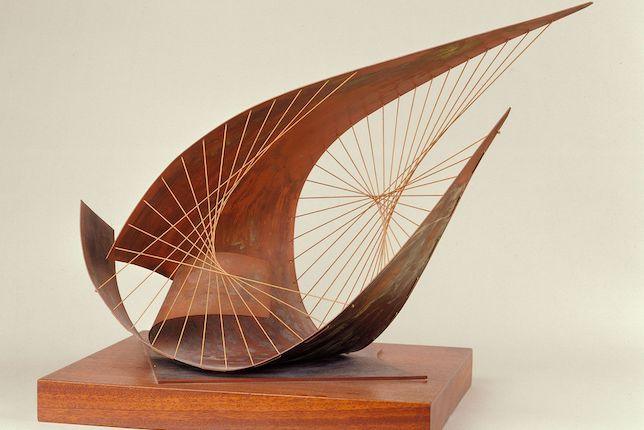

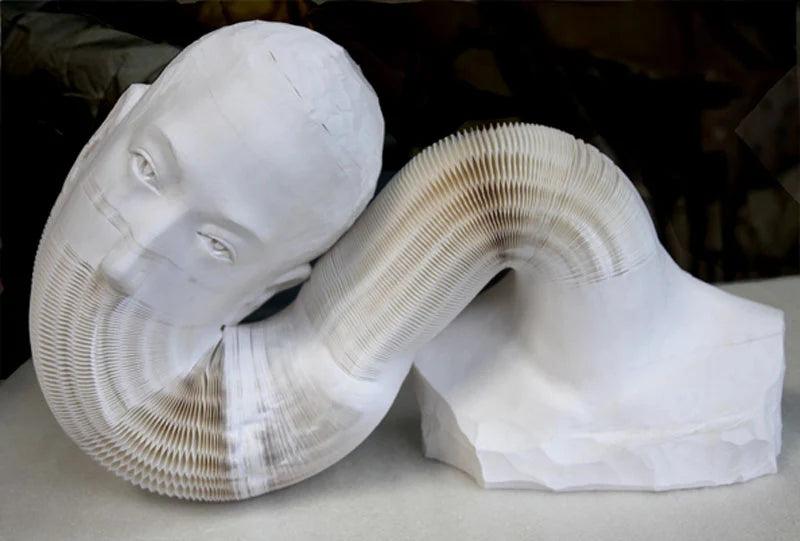
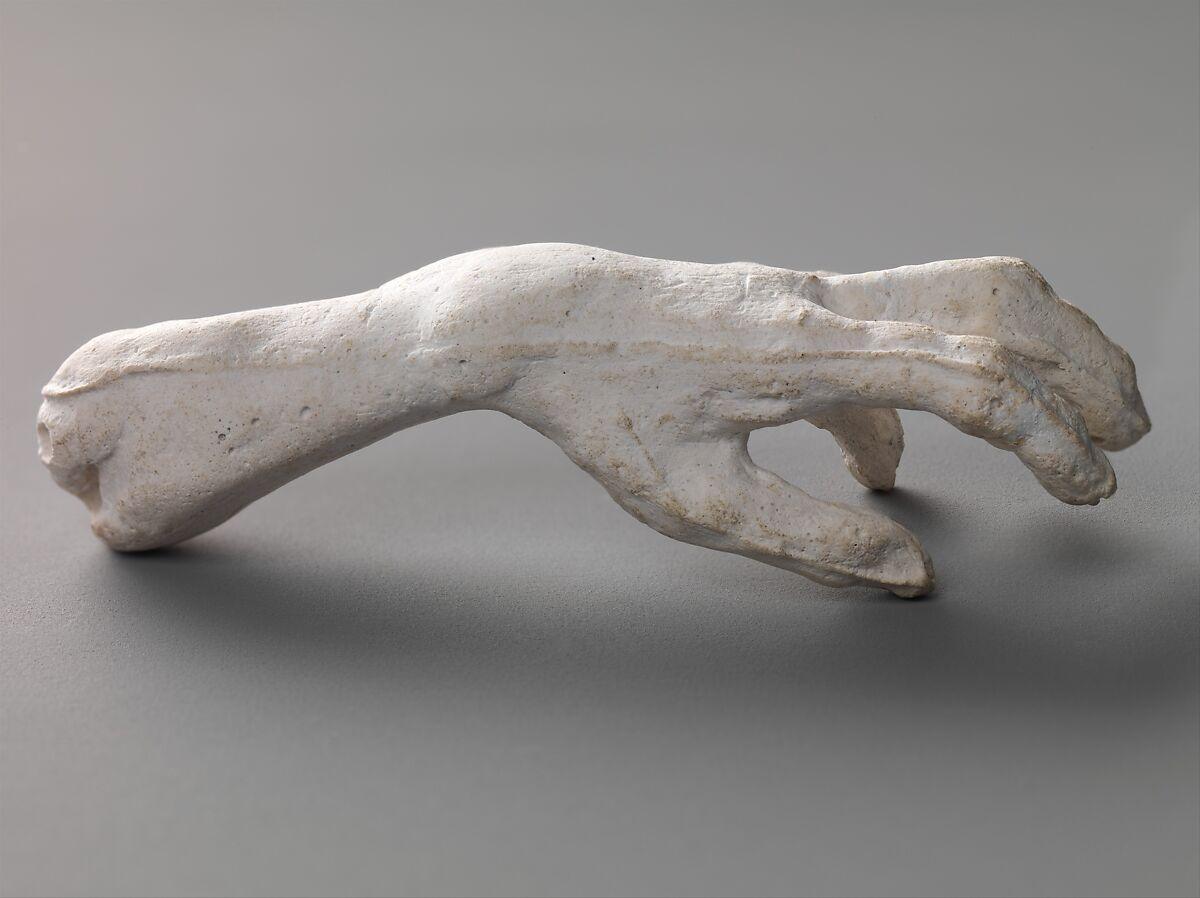
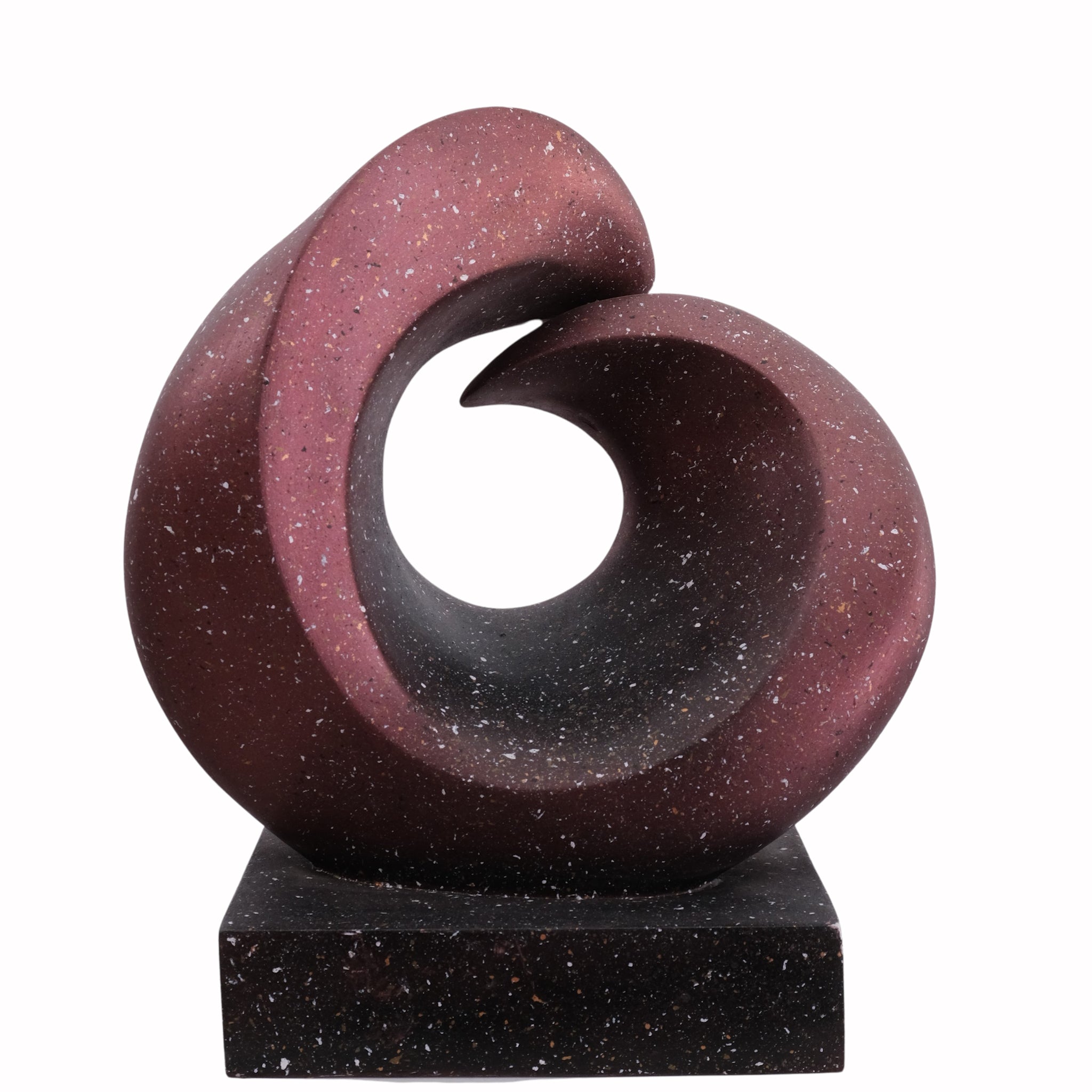
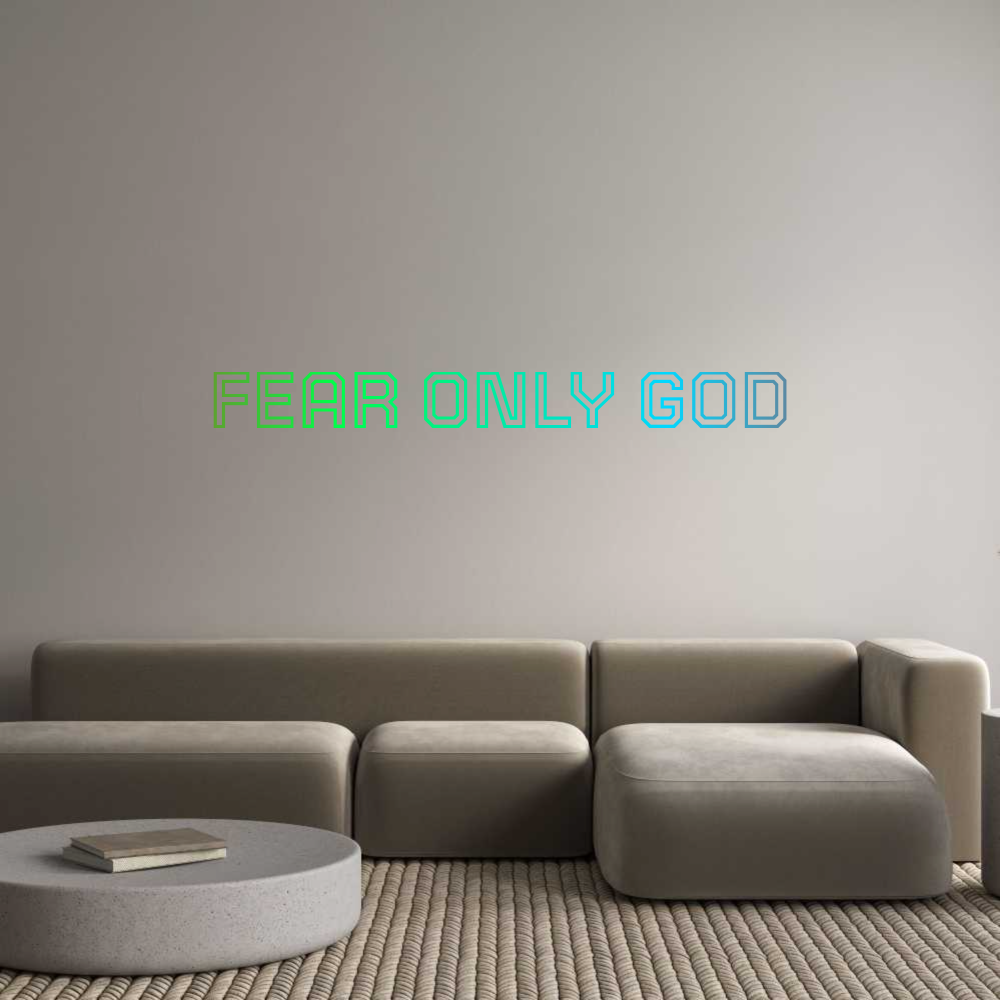
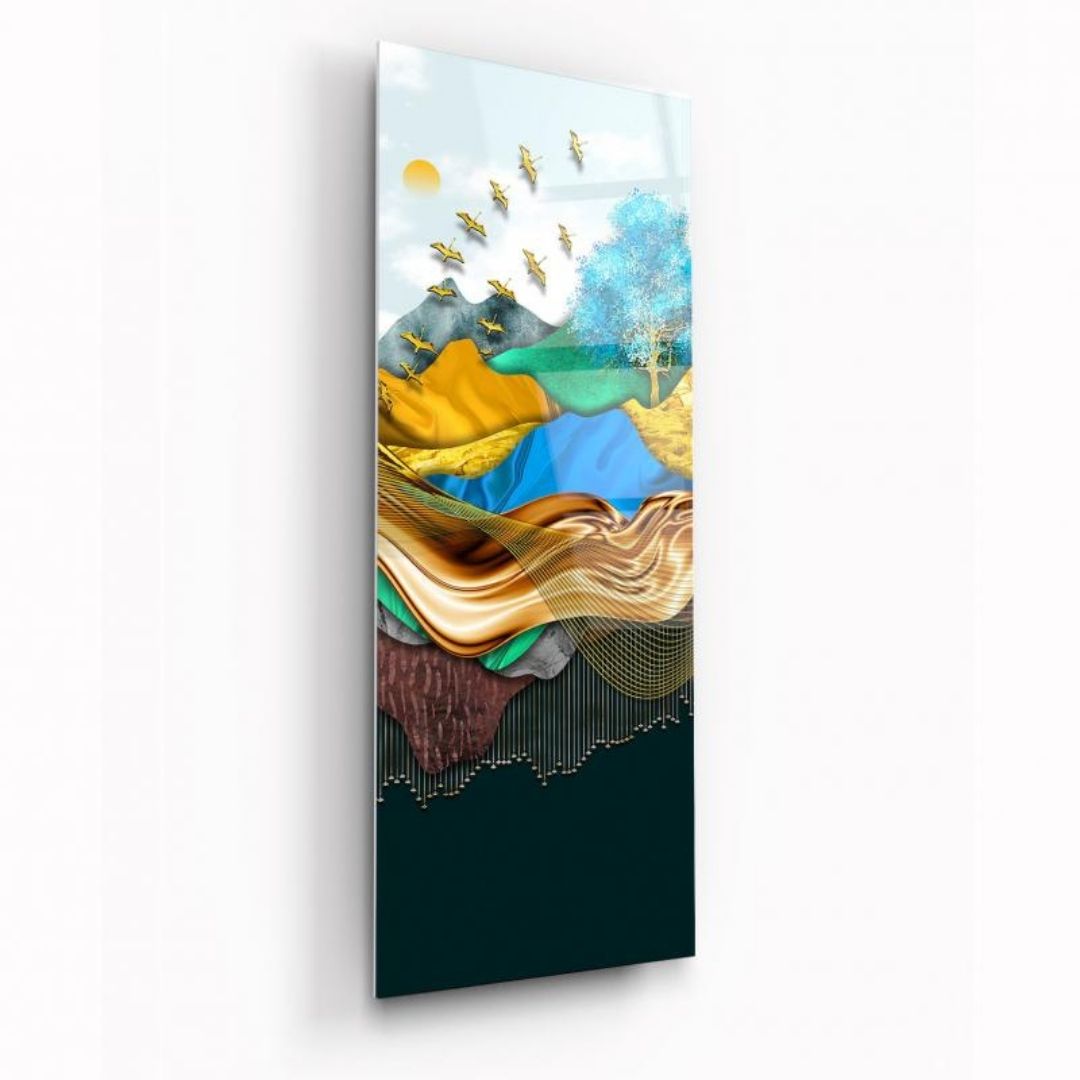
Leave a comment
All comments are moderated before being published.
This site is protected by hCaptcha and the hCaptcha Privacy Policy and Terms of Service apply.